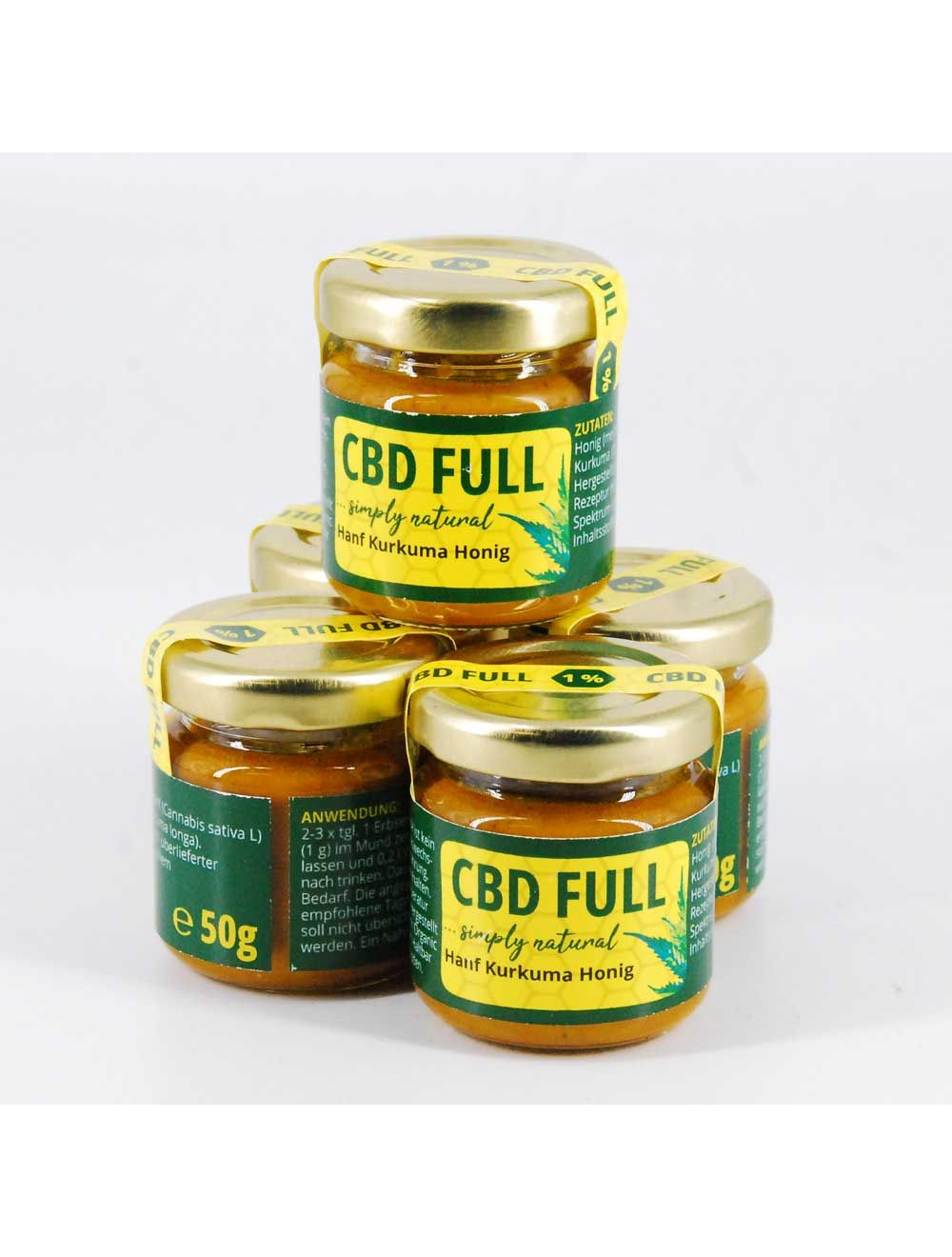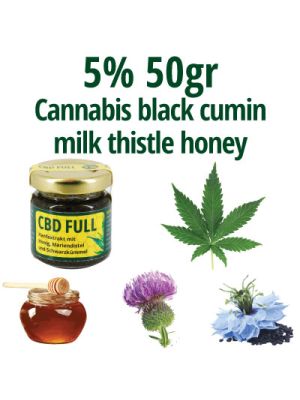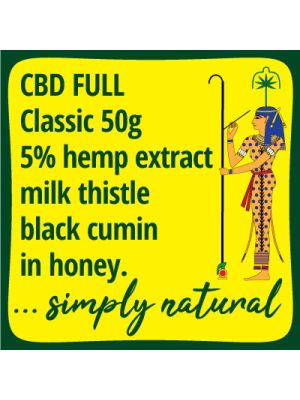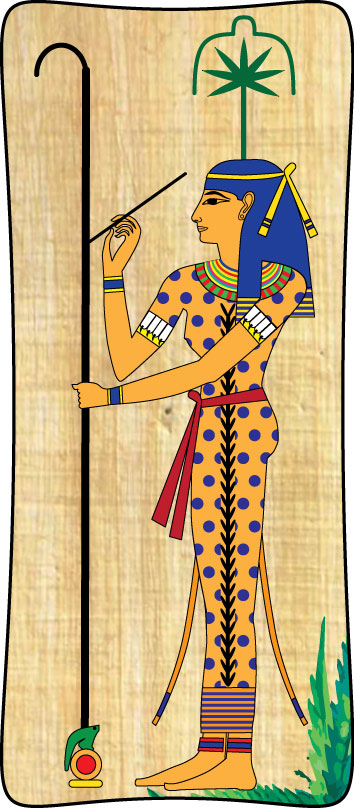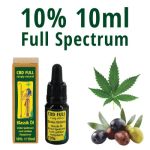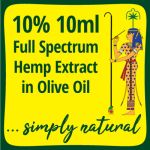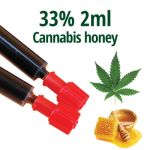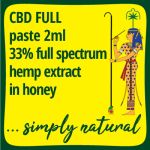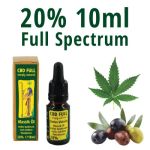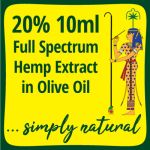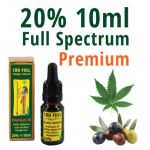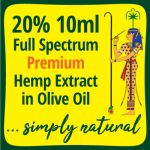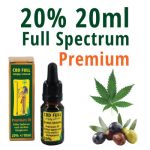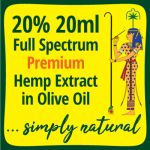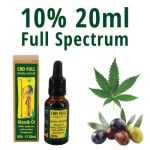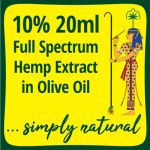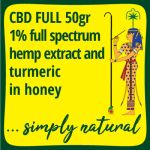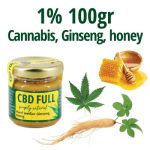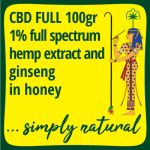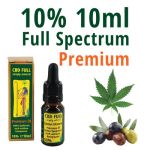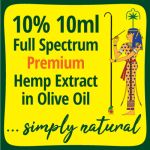1% 50gr CBD FULL Cannabis, Turmeric, Honey

"CBD FULL" Turmeric
is a handmade dietary supplement that combines full-spectrum hemp extract and anti-inflammatory turmeric. With honey as a natural absorption enhancer and preservative, it offers a holistic and effective solution for your well-being.
1% 50gr CBD FULL Turmeric

Full spectrum hemp extract (according to Paracelsus), turmeric, honey.
Discover the power of nature with our "CBD FULL" Turmeric - a handmade dietary supplement made according to ancient recipes. This unique product combines the full spectrum of hemp extract with all secondary plant compounds and the anti-inflammatory superfood turmeric to provide you with a holistic effect.
Our formula contains honey, which not only serves as a natural absorption enhancer but also extends the shelf life of our product. The honey helps to optimize the absorption of valuable ingredients from hemp extract and turmeric and increase bioavailability.
Key Features:
-
Handmade Dietary Supplement: Our "CBD FULL" Turmeric is carefully made using traditional methods to ensure the highest quality and effectiveness.
-
Full Spectrum Hemp Extract: Contains all natural secondary plant compounds to achieve a synergistic effect and fully utilize the potential of the hemp plant.
-
Turmeric: A powerful anti-inflammatory superfood known to help relieve joint pain, digestive problems, and general inflammation.
-
Honey as an Absorption Enhancer: Our product uses honey to increase the bioavailability of ingredients and support effective absorption in the body.
-
Natural Preservative: Honey serves as a natural preservative that extends the shelf life of the product without chemical additives.
-
No Artificial Colors, Flavors, or Preservatives: We use 100% natural ingredients to offer you a pure and unadulterated dietary supplement.
Enjoy the benefits of "CBD FULL" Turmeric and benefit from a powerful combination of hemp extract and turmeric that helps you lead a healthy and balanced life.
USAGE INSTRUCTIONS:
Take a pea-sized amount (1 g) of the product in your mouth 2-3 times a day and let it gradually melt. Then drink about 0.2 liters of water. The duration of use depends on your individual needs. Be sure not to exceed the recommended daily maximum dose. Dietary supplements cannot replace a balanced diet. Store the product in a dark place at room temperature and keep it away from children.
| More Infomation | Dear customer,Our goods are handcrafted using ancient, time-honored recipes and undergo strict quality control procedures. All claims regarding their effects on the immune system are based on validated research findings. If you require further information, please feel free to utilize the provided links: Researches hemp as a dietary supplement |
|---|

 Deutsch
Deutsch 